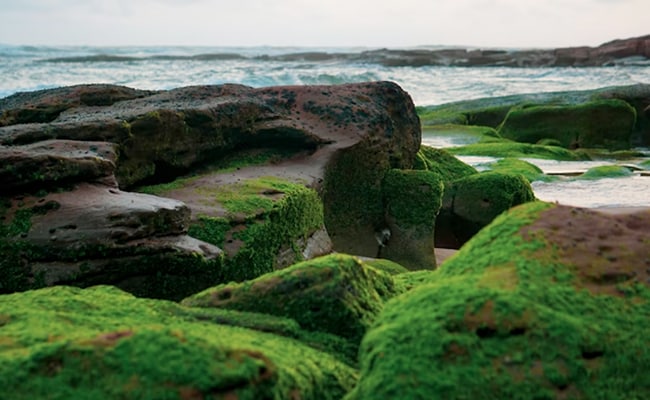Harmful Algal Bloom In California May Result In Killing Fish With Toxins: Report

This algae can quickly consume all the oxygen in the sea, depriving other marine life of oxygen.
A type of toxic algae has been discovered in well-known swimming and fishing areas around California that can make people sick. These harmful algal blooms (HABs) have been observed in a variety of locations, including Indian Creek Reservoir, 30 miles southwest of Lake Tahoe, said a report in Newsweek.
A red tide harmful algal bloom and “hazardous” levels of algal toxins have also been discovered by the California Water Quality Monitoring Council in San Francisco Bay, Clear Lake, Lake Crowley, and Bridgeport Reservoir, the outlet further said.
A colony of algae (cyanobacteria, dinoflagellates, or diatoms) residing in a body of water experiences fast growth, which is frequently triggered by changes in the water’s nutritional content or temperature. These algae not only create toxins that might poison people and animals exposed to them, but they can also be dangerous if consumed.
According to Enviroscienceinc.com, a harmful algal blooms (HAB) capacity to create toxins at a certain time and location may depend on a number of environmental conditions, and a bloom’s capacity to do so may fluctuate.
These potent poisons have the potential to make people sick and even kill cattle, pets, and wild animals. These HABs not only create toxins but also affect the taste and odour of public water sources.
Many of these substances are among the most lethal toxins known to humankind, with recommended maximum levels of the most prevalent of these algal toxins in drinking water and lakes utilised for leisure being extremely low.
According to Centers for Disease Control and Prevention (CDC), these toxins can be ingested, swallowed, breathed, or absorbed via the skin. Humans may develop gastrointestinal issues, flu-like symptoms, skin rashes, and irregular breathing after being exposed to HABs. However, exposure in animals can result in seizures and even death, Newsweek said.
Apart from their harmful effects on humans and animals, these algal blooms may have disastrous impacts on aquatic environments. These massive growths produce toxic gases and chemicals that may kill other species and quickly consume all the oxygen in the sea, depriving other marine life of oxygen. If the algae clumps became too big, they may also block the sunlight from reaching the water column below, which would kill marine plants since they couldn’t perform photosynthesis.
For all the latest world News Click Here
